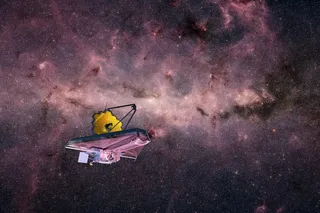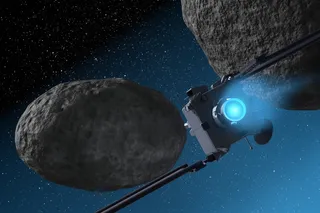Lisa Randall is a friend and collaborator, as well as a science superstar. She is one of the most highly cited physicists of all time, for a variety of contributions to field theory and particle physics, especially her work with Raman Sundrum on warped extra dimensions. Her first book, Warped Passages, was a major success, which naturally raises the question of what one does next. (Besides writingpapers, I mean.) So we're very happy to welcome Lisa aboard to guest blog about her new book, just out today: Knocking on Heaven's Door: How Physics and Scientific Thinking Illuminate the Universe and the Modern World. (Among other virtues, this book has the single most impressive collection of blurbers of any book ever written, from Bill Clinton to Carlton Cuse.) From personal experience I can verify that writing a book doesn't just happen; it's a tremendous commitment over an extended period of time, ...
Guest Post: Lisa Randall on Writing Knocking on Heaven's Door
Explore physics with Lisa Randall in her new book, 'Knocking on Heaven's Door,' revealing insights into particle physics and cosmology.
More on Discover
Stay Curious
SubscribeTo The Magazine
Save up to 40% off the cover price when you subscribe to Discover magazine.
Subscribe












